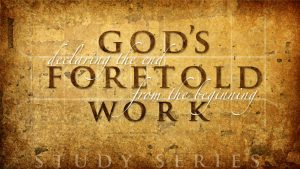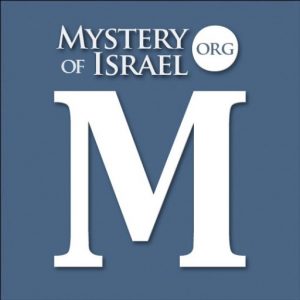Does our view see the Day of the Lord as one specific, single day occurring at the end of the tribulation when Christ returns to destroy the AC and raise the righteous dead? I’ve heard we need to include the broad concept of the day of the Lord, meaning, that the Day of the LORD (DOL) begins with the abomination and continues for three and one half years.
Is this legitimate and correct?, or should the DOL be confined to one single extraordinary day occurring at the end of the tribulation thereby ushering in the first day of the millennial age? For example, is Ezekiel 39:8 a single day or a period of time in duration?
“Doc”
I believe it is the latter choice. It is a very specific day (“one day”; Isa 66:9; Zech 3:9; 14:7), around which is clustered an intensive convergence of many events, leading to, and issuing from, that are certainly not confined to one day. It is the day and hour, even instant (1Cor 15:52) that constitutes the great transition between this age and the age to come.
To answer your last question first, most definitely and assuredly Eze 39:8 is the “great day of God Almighty“ referred to in Rev 16:12-17. This is seen very clearly by observing that the same, very precise language of Eze 39:8 is applied to the “great day of God Almighty” in Rev 16:17.
Significantly, this day is shown to come in conjunction with the 7th bowl, which significantly follows Jesus’ announcement that His now truly imminent coming will be “like a thief” (Rev 16:15). This announcement is significantly interjected between the 6th and 7th bowls. So the time in view here is very precisely the very end of the tribulation.
Note too that in all of scripture, the only two places that the precise term, “day of God” is found is in 2Pet 3:12 and Rev 16:14. In second Peter, the “day of God” is a synonym for the thief-like day of the Lord (2Pet 3:10, 12). These are important markers, since in both 2Pet 3:10-12 and Rev 16:12-17, the “day of God” comes as a thief on the unsuspecting world of unbelievers at the very end of the tribulation.
From this you can see that the DOL and the great day of God Almighty are the same day, and the latter is clearly at the 7th bowl. The DOL doesn’t get any narrower than that, and this is the usual meaning throughout the prophets.
(… More …)











